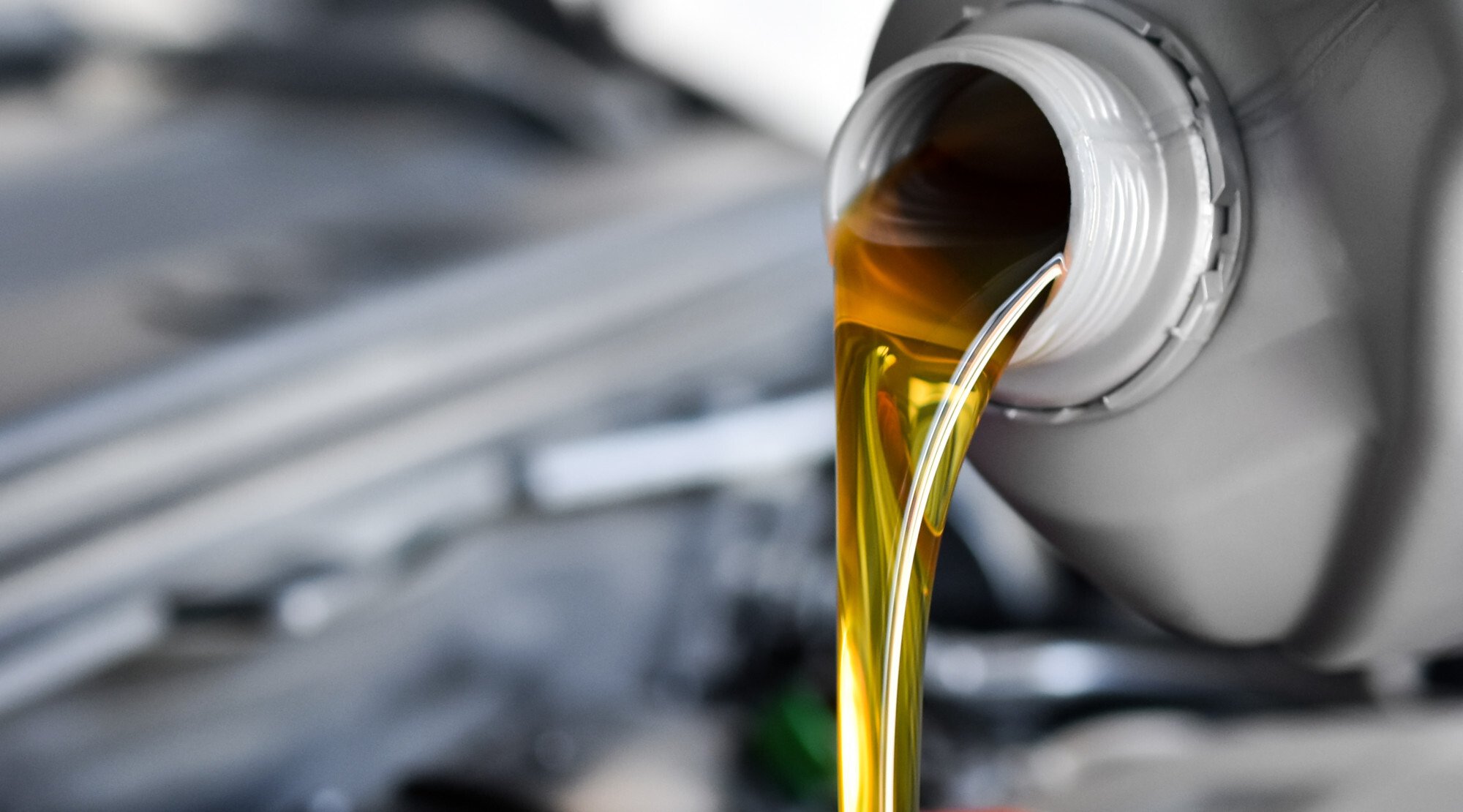Tips For Checking And Changing Boise Transmission Fluid

A variety of different manufacturers produce different types of transmission fluids, each serving a specific need. You may have the most efficient fluid out there, but if it isn't compatible with your engine, it won't do much for you. It wouldn't be helpful to replace it when it's not working right. If you want to change your transmission fluid, you have several options available. You can get it from the dealership that installed it, or you can locate and purchase it online. Changing transmission fluid is simple, but there are a few things you should know before you do it yourself.
The boise transmission fluids come from the pump that holds the oil in place in the engine. Normal transmission fluid is typically used to lubricate and protect all of the various components of the transmission system, including the engine mounts, transmission lines, clutch, engine mounts, etc. They also reduce friction to other parts by eliminating friction. The fluid goes into the engine and displaces the liquid that was originally there, which means that some of it will seep into the engine. This is done to help keep everything running smoothly.
The type of Boise transmission fluid that you are using depends on which specific engine that you have. Some people have general auto transmission fluid, while others need to use specific hydraulic fluid for their engines.
Different manufacturers will also provide two different kinds: the slow-close fluid and the open-close fluid. The slow-close fluid shoots the fluid into the engine quickly, which helps to close up the engine quickly when the car brakes. The open-close fluid pushes the fluid through the pipes and cylinder valves more slowly, which allows the fluid to circulate around the engine and help maintain proper pressure.
To change your transmission fluid, you will need to locate the transmission drain pan under the engine and look in that area to find the fluid reservoir. Look at the fluid level in the reservoir - it should be within a few ounces of the weight of the oil that is in the transom. You can pour the required amount of fluid into your hands and transfer it into the engine via the intake tube, making sure that the transmission is still bolted to the engine. Once the fluid is inside the engine, you can shut off the engine and remove the drain plug. Your transmission should now be free from all fluids except the transmission fluid. Once you are finished, you can drain the transmission pan to put the transmission fluid back where it came from.
If you don't have an oil change and do not need hydraulic fluid, you can remove the drain plug, locate the oil container under the rear cam and fill up with oil as usual. When you are done, you can drain the container and put the cap back on. You should then check the hydraulic fluid levels in both the oil tank and the cylinders. They should be relatively low because of the previous oil change. The hydraulic fluid will level out after a few hours. You should replace the cap and oil container to make sure there are no leaks and that the hydraulic fluid is properly stored.
If you find that there are leaks in the cylinders or the transmission fluid, you should first turn off the engine before you start draining and fix the problem. You can use the dipstick to locate the leakage. With a wrench, loosen the lug nuts and then remove the lug studs. You can then re-tighten the lug nuts and reattach the transmission to the engine. Visit this site at https://en.wikipedia.org/wiki/Motor_oil to learn more info about this topic.
